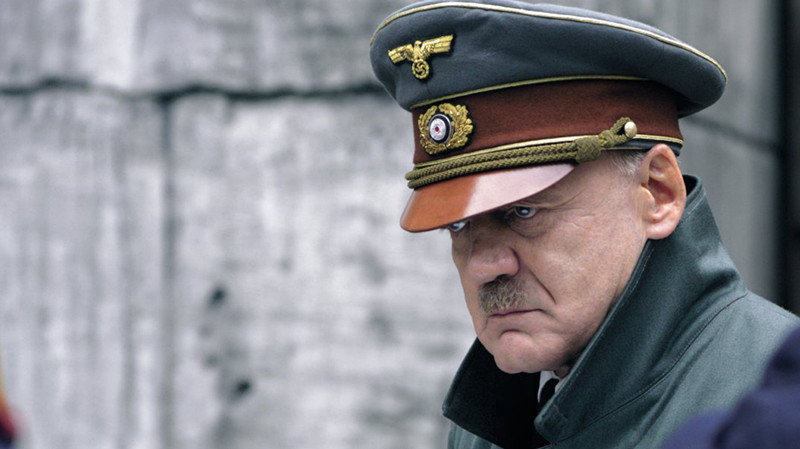
The more things change the more they stay the same. As the 21st Century dawned film once again became an international medium. However, unlike the 50s and 60s, the cinema scene was truly international. Not only were Europe and Japan still fixtures in this cinema world view but places which had not been majorly heard from before such as Taiwan, Hong Kong, the Middle East (especially Iraq), and Africa came into play. Europe now had major competition.
It was now also easier than ever to make and see films thanks to digital and computer technology. These methods made it possible to create viable films more economically than before and allowed many third world film makers to be able to produce their visions employing the cinematic medium (if no longer on celluloid for the most part). This same technology made what is now known as streaming and downloading possible.
Thanks to this, films which might once have been obscure or hard to see were now within reach of many who love the cinematic world. This also meant that Europe now had major competition artistically.
The new technology also put motion pictures in general on a more down to Earth and accessible plane and the once hallowed feeling of observing film is darkened theaters (grand or not) and turning the films and their makers into mythic beings was largely lost. However, new ages call for new ways and means and good cinema is always welcome.
The following list wishes to examine some of the best of the European films of the first decade of this new century. Not every film could be listed so, once again, apologies are made for any omissions.
1. Dancer in the Dark (2000)
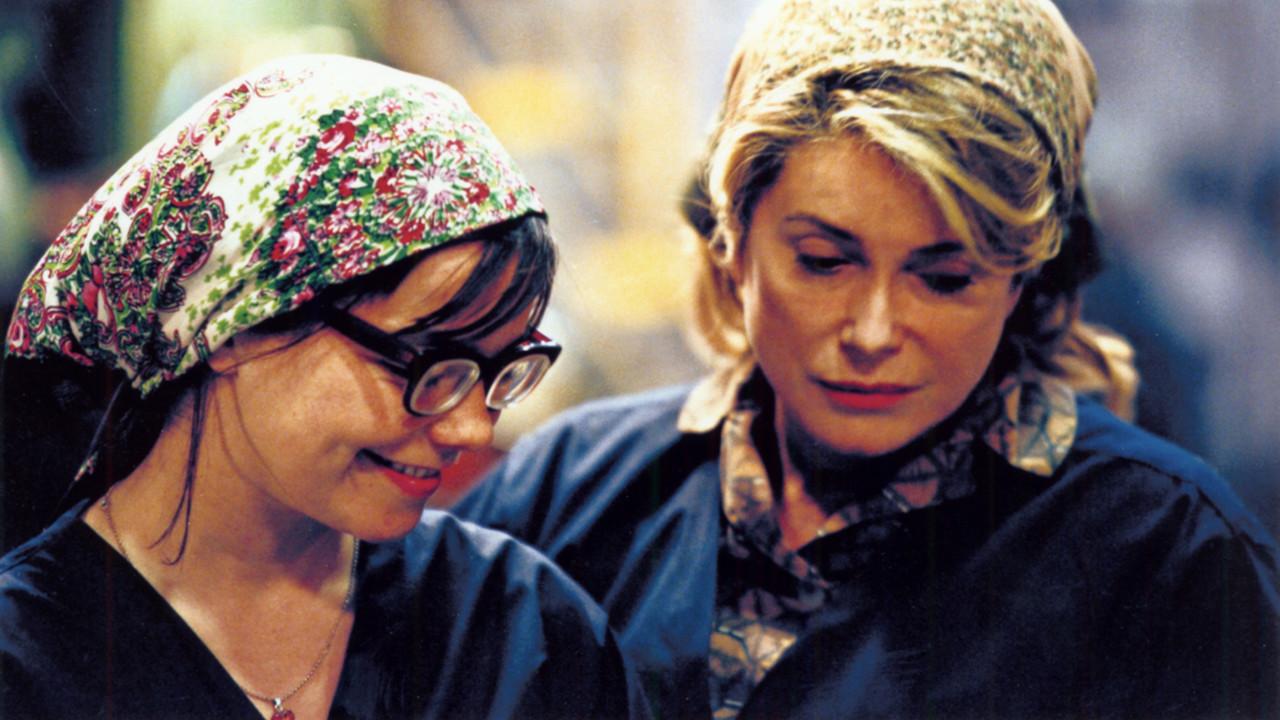
Danish enfant terrible Lars von Trier struck again with this film (part of what he termed his “Golden Heart Trilogy”) which, once more, explored his themes of misogyny and Ameriphobia. The film tells the story of an immigrant single mother (Icelandic pop star Bjork) who works in a plant in Washington State and is desperately trying to save up money. Why? She is losing her sight and her son is facing the same fate if she can’t pay for an operation to prevent this.
This might sounds like a heartwarming story but fate has a grim twist for the woman. Her troubled landlord (David Morse) wishes to kill himself in a manner that will give his insurance money to his family. Subsequently, he steals the woman’s money in order to provoke her into killing him. The leads to a tragic path for the heroine. The wild twist to this film is that it’s a musical! No, not a song and dance good time film, as are many musicals.
This one is apparently inspired by the works of the great British television writer Dennis Potter, who had created a unique form in which highly dramatic stories were punctuated by musical numbers which commented or counterpointed the dramatic action in a manner which mirrored the alienation effect of Brechtian Theater.
In this film, the musical numbers, virtually all interior musical monologs and daydreams of the main character have markedly dramatic lighting and stylized choreography. The film is also shot with a handheld camera in the Dogme 95 style. The real lynchpin of the film is Bjork. It’s hard to believe that she had never acted, much less been filmed, before.
However, the director was so harsh to her, she has vowed to never film again (and to date has not), in spite of winning Best Actress at Cannes. She also wrote the songs (and was Oscar nominated for her efforts). Another real surprise is the fine work of no less than the great French actress and beauty Catherine Denuve in the atypical role of the woman’s work friend (yes, a factory worker).
The story line is brutal to the woman and the theme of the film is a comment on American justice and these elements didn’t please everyone by a long shot. However, no one could deny this film’s originality, boldness and the endless daring (no matter how grating to some) of the director.
2. Little Otik (2000)
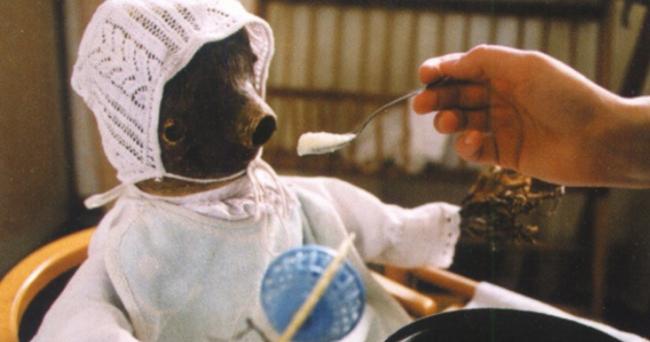
A major delight for those in the cinematic know over a period of five decades is the work of Czech film maker Jan Svankmajer. To call him a film maker is really not doing him full justice. He is an artist and a puppeteer and has worked in the theater and short films, as well as feature films for decades. His trademark is his astounding stop motion animation features puppet creations of his own design. His creations are grotesquely, comically astounding and clever.
Much of his fame in the cinematic world rests on his short form work but he has created feature length efforts as well. Since stop motion animation is time consuming and difficult (and expensive), his features often combine live action with animation to somewhat limit the later.
The darkly fable-like Little Otik may well be his best feature effort. The story details how a childless couple discovers a stump outside of their country home which resembles a baby. They subsequently decide to pretend that it is their baby but, as in an old Czech fairy tale, the stump comes to life.
This might seem a blessing but for the “baby’s” truly unfortunate enormous appetite for….well, everything, including people! This can best be described as a fairy tale for adults of a rather twisted bent.
Like many Svankmajer works, it is surreal on a level which such film makers as David Lynch, fellow Czech fantasy film maker Karel Zeman, and Terry Gilliam employ. However, the maker is a true original and no one could really mistake his work for any others. Those who have not seen his films have indeed missed something special.
3. Under the Sand (2000)
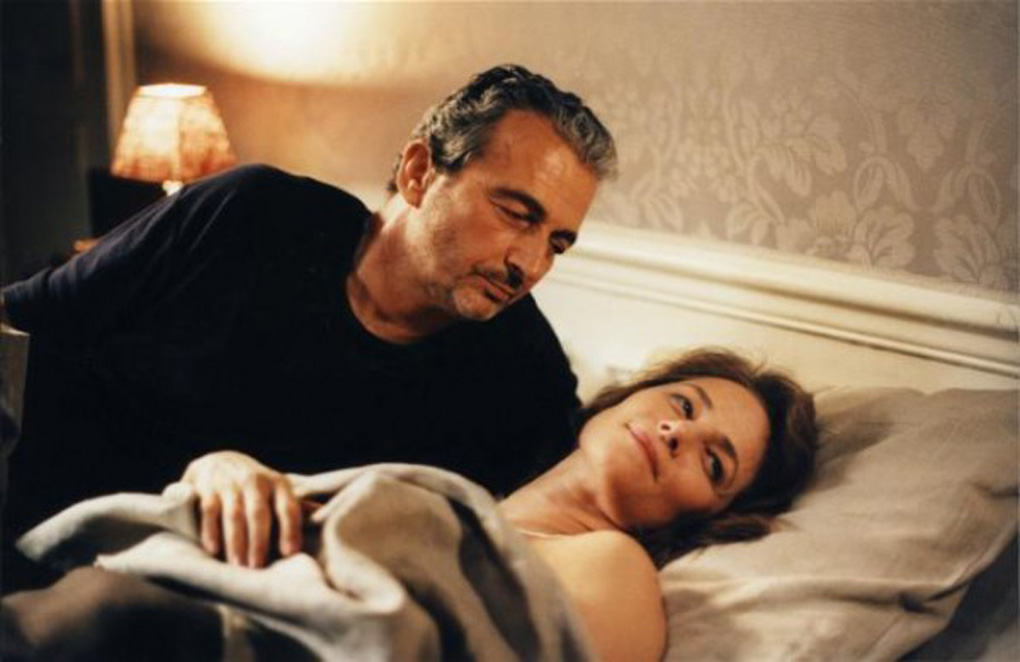
The Oscar nominations for 2016 were controversial but they brought one bright spot to the art house crowd: the Best Actress nomination for British actress Charlotte Rampling’s work in a film entitled 45 years. It only took six decades of superior art house work for the Academy to notice! Rampling is a fine, unusual actress who has never mellowed with age and continues to turn out edgy work.
Many of her more noted contemporaries from the 60s and 70s are long gone but she still keeps working in major roles in art house films and international television. Of course, even the best performers need a champion and hers may well be the noted French director Francois Ozon. He has featured her in four films to date but the best may well be their first, Under the Sand (Sous Le Sable). (It does not at all hurt that Miss Rampling is multi-lingual, including speaking French and her native English.)
The plotline of Under the Sand promises a thriller. A well-heeled, childless couple (both academics) go for their usual vacation in the south of France, by the seashore. One day the husband goes for a swim…never to return. The body is not found and thoughts of accident or suicide, if not foul play, fill the heads of all…except the wife. She insists he is alive and will reappear one day. This, however, is not a mystery film and she does not search for a killer or kidnapper.
Instead, the film examines her mental state as she learns to cope but refuses to ever give in, despite all evidence to the contrary. This is one of those films which, for whatever skill is present in the execution surrounding it, rises and falls on the lead performance.
Miss Rampling is one of the few actresses in her age group (and others) who could play the role and not have the woman perceived as delusional (if not crazy with grief), sentimental, or inspirational (and this is not an inspirational film). She is full of faith and hope in things unseen and resolute, though human and prone to odd twists and turns along the way. This film may well be the one which saved the actress from the scrap-heap of the show business aged. Viva Orzon!
4. No Man’s Land (2001)
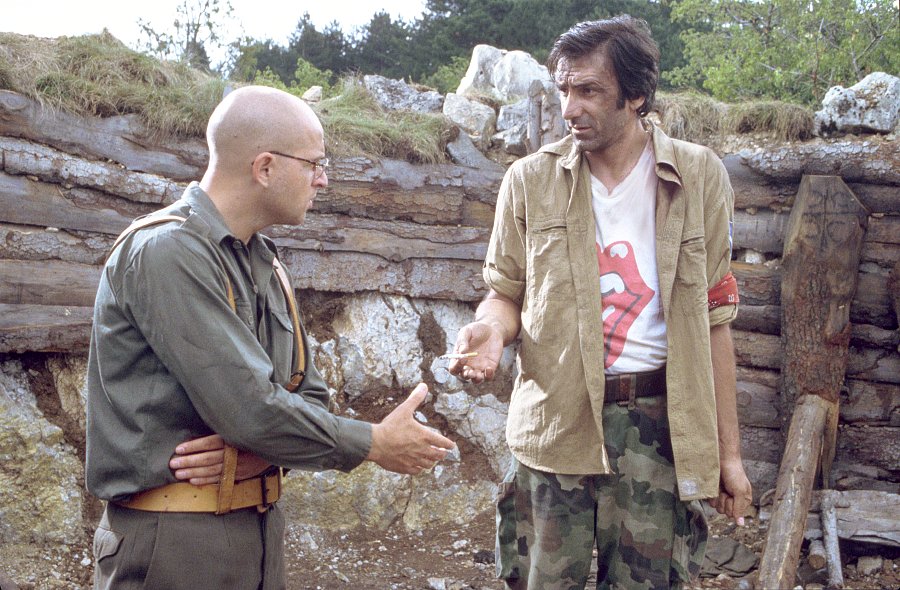
As Europe reassembled in the wake of the fall of the Iron Curtin, one of the hottest spots to boil over into shattering conflict was the country now known as Bosnia (once part of Yugosalvia and a starting point for World War I, where much of the trouble originated).
Ethnic tensions blew the country wide open and lead to a guerilla warfare situation of uncommon danger. Out of this crisis, a young writer-director named Danis Tanovic created one of the most telling documents detailing that moment in time. In warfare terms, no man’s land is the territory between the front lines of battle bordered by the two opposing forces as they fire at one another.
In this film, three soldiers from differing sides are trapped in the same trench in this horrible strip of earth. One of them is badly injured. Each side wishes to rescue its own but it seems a land mine under the men might make that tricky…and politically embarrassing, especially since neither side wants to save the opposing side’s fighter.
The men are truly trapped in purgatory. Tanovic, a young and vigorous man, knew something about the fighting and gave the film a frightening sense of immediacy. The result was an effort which seemed quite real and urgent and was recognized as such.
The film won some 45 international prizes, including the Oscar. Tanovic has continued his career, and clings to his homeland as his base. He has made critical hits since, though none to date as big as this early effort. However, this one does stand as a monument.
5. Amelie (2001)

By the early 21st century, French director Jean-Jacques Jeunet was hardly an unknown but he was known as a maker of quirky, intricate cult films. Well, sit by the river long enough and one’s enemies will eventually float by as the world changes and those who point fingers go out of style and are themselves executed. In 2001, he finally created the film which the general public embraced without really compromising at all (except for toning down a bit).
Amelie (newcomer Audrey Tautou), a quirky but well meaning young woman with a Louise Brooks hair-do, lives in the director’s beloved bohemian Montmartre and she has resolved to make the lives of many around her better…whether they like it or not! This sounds a lot like the Disney film Pollyanna (1960) but Amelie is way more problematic than Pollyanna and her turf is a long way from small town USA.
In fact, Amelie turns out to be a young lady with issues, however most prominently a most problematic family history. Also, her philanthropic efforts in her home territory (every bit as serpentine as that in any Jeunet film) are better in thought than practice.
The end result is a most individualist charmer which many loved (and which is still the US’s highest grossing French import). One great ingredient is the leading lady. Though she doesn’t quite look like her, nor have the quite stylish vibe, she reminded many of another Audrey…Hepburn. She has had a successful career since (and teamed again with Jeunet, which will be examined later) and deserves great praise for giving real heart to the film maker’s original and distinct creation.
6. Nowhere in Africa (2001)
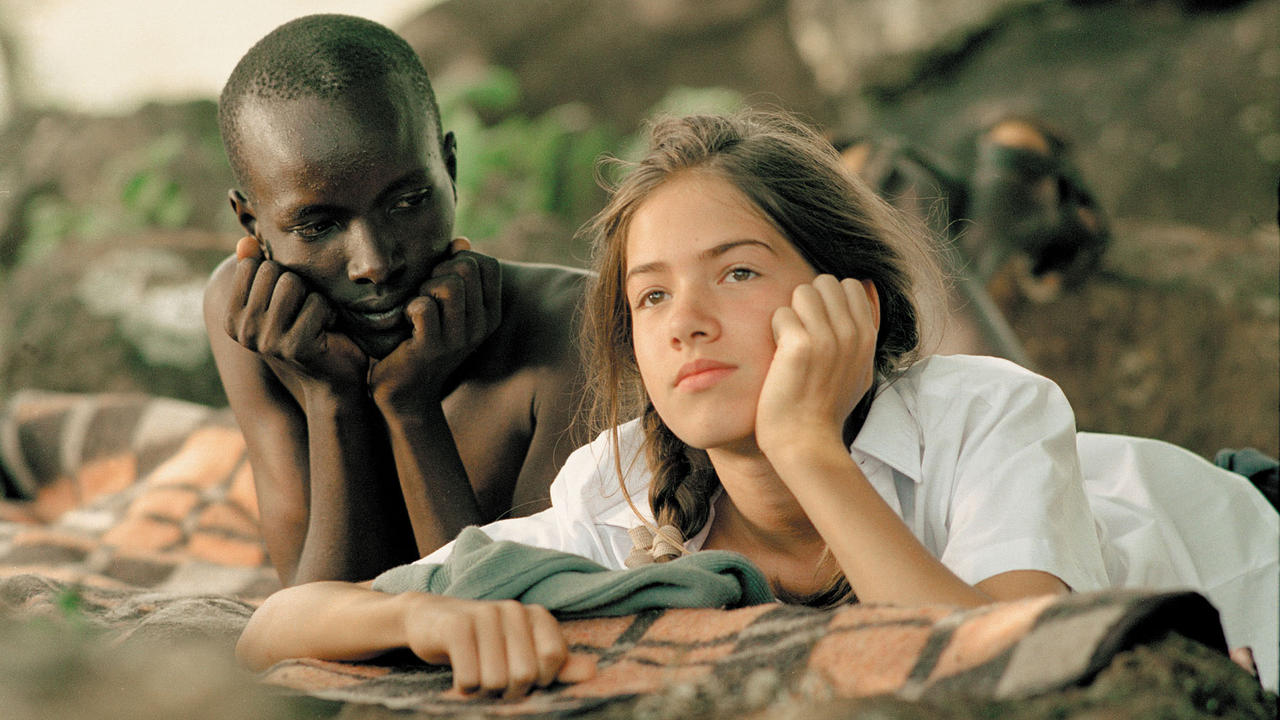
To many, the most traumatic event of the 20th century was, of course, World War II and for many the worst part of that event was what is now known as the Holocaust, the annihilation of some six million Jews and the torture and ravaging of many, many more.
Germany, the country which provided the impetus of the events, has always been a bit hesitant to broach the subject. However, a female director, Caroline Link, created an Oscar winning effort which pointed up a little known aspect of this period. Many assume that the Jews always sought to escape to the United States in order to spare their lives. However, there were other safe harbors and Nowhere in Africa details the story of one such family of escapees.
Based on a somewhat autobiographical novel by Stephanie Zwieg, the film follows the Redlich family, father Walter (Merab Ninidze), a lawyer in Germany, wife Jettel (Juliane Köhler), and daughter Regina (Lea Kurka, later Karoline Eckertz) as they flee the persecution in Germany for the more promising climes of Kenya, where they take up farming.
Though the bright and sunny landscape of Kenya and its kind hearted natives is a great change from the dark and hostile homeland the family has left, the change is not smooth. Going from a modern (if hostile) country with many conveniences to a primitive one tests the family’s mettle (and practicality).
Even worse, emotionally, there is estrangement, infidelity, bitterness and, when war comes, suspicion as the presiding British look upon all Germans, even those who fled for their lives, as potential enemies. This finely detailed and acted film provided a compelling account of a unique moment in cultural history. Oddly enough, the director, who had been considered most promising up to that point, opted for domesticity after this triumph and has only created two additional films to date.
7. The Fat Girl (2001)
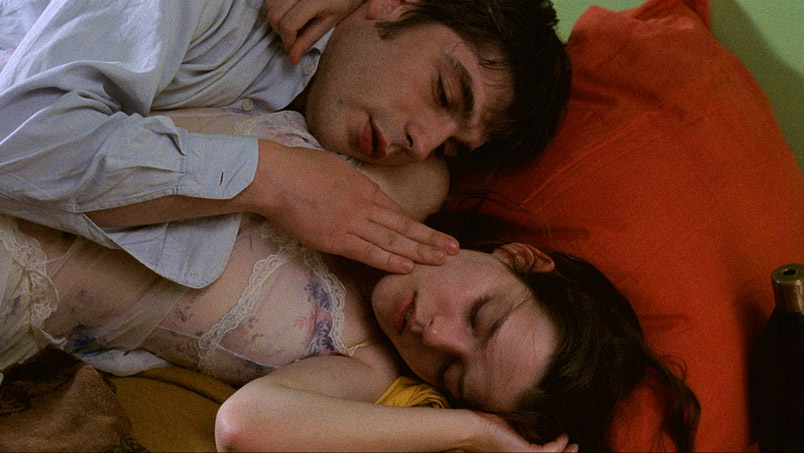
In its early years, cinema was a medium where women could write and direct with little trouble since the medium was considered small potatoes financially and artistically. After the industry took wing and men took over, women found a much more limited role outside of acting and a few craft departments such as costume design. Many films about women were directed and written by men. In recent decades this has changed and many films concerning the feminine experience are actually made by women!
A prominent example is France’s Catherine Breillatt. Breillatt is both a film maker and a novelist and has her own take on femininity, one not always flattering by any means. This is a perfect setting for what is still her most famous and renowned film, The Fat Girl (and how many male film makers would have the nerve to use that title today?).
The basic outline of the story sounds like a typical feminist entry, but the treatment is not. A family is vacationing in the south of France. Included are the family’s two daughters. One, Anais (Anais Reboux) is conventionally pretty and the other, Elena (Roxane Mesquida) is…well, larger than society might prefer. Anais,the younger, has been sexually free spirited in the ways lovely young girls might be expected to be in the modern age.
Elena has not had those opportunities and has a pretty pragmatic attitude towards the whole subject of sex. The two encounter Fernando (Libero De Rienzo), a young law student staying with his family in the vacation house next door. He is not interested in love but he would like sex and Elena might oblige to get things going in her sexual life leaving Anais is somewhat disturbed by the whole thing.
It all plays out in a most unexpected way, though nothing could prepare the viewer for the nihilistic ending! Only a woman would have dared film this subject in this manner but, under the absurd surface, there is a lot of honest feeling concerning a feminine view of sexuality. The director has had a busy career since, though she has yet to have another film as notable. However, she turned the experience of shooting sexual material for this film into a funny 2002 picture, Sex is Comedy.